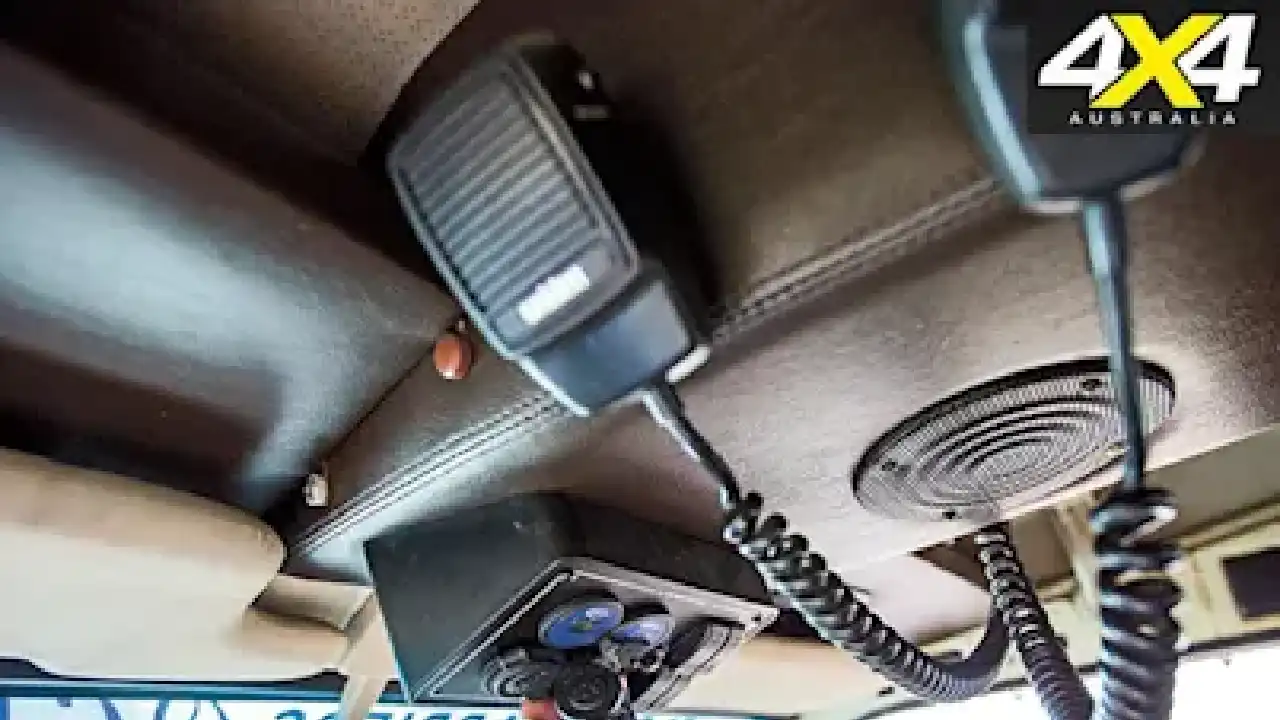Tech
How to find and fix electrical faults in your 4X4?

When it comes to maintaining your 4X4, one of the most important systems to keep in good working order is the electrical system. Electrical faults can cause a wide range of problems, from poor performance and reduced fuel efficiency to more serious issues such as stalling or even a complete breakdown. However, finding and fixing electrical faults in your 4X4 doesn’t have to be a daunting task. Here’s a step-by-step guide on how to find and fix electrical faults in your 4X4.
It’s important to note that it is always recommended to seek the help of a professional automotive electrician like automotive electrician Marrickville if you are not comfortable with electrical work.
Step 1: Identifying the Symptoms
The first step in finding and fixing an electrical fault in your 4X4 is to identify the symptoms. Common symptoms of an electrical fault include poor performance, stalling, reduced fuel efficiency, warning lights on the dashboard, and strange noises. It’s important to note that some of these symptoms may be caused by other issues, so it’s important to get a thorough diagnosis before trying to fix the problem.
Step 2: Check the Fuses
One of the most common causes of electrical faults in a 4X4 is a blown fuse. Fuses are designed to protect the electrical system from damage by breaking the circuit when too much current flows through it. To check the fuses, locate the fuse box in your 4X4 and remove the cover. Look for any fuses that are visibly damaged (such as a broken filament or melted plastic) and replace them.
Step 3: Check the Wiring
Another common cause of electrical faults in a 4X4 is damaged or corroded wiring. To check the wiring, locate the main electrical components in your 4X4 such as the battery, alternator, and starter motor. Inspect the wiring for any signs of damage or corrosion, such as frayed wires, cracked insulation, or rust. If you find any damaged or corroded wiring, it’s important to replace it as soon as possible to avoid further damage to the electrical system.
Step 4: Check the Battery
The battery is another common cause of electrical faults in a 4X4. To check the battery, locate it under the hood and use a multimeter to check the voltage. A fully charged battery should have a voltage of around 12.6 volts. If the voltage is significantly lower than this, it could be an indication that the battery is failing.
Step 5: Check the Alternator
The alternator is responsible for charging the battery and keeping the car audio electrician system running. To check the alternator, use a multimeter to check the voltage while the engine is running. The voltage should be around 14 volts. If the voltage is significantly lower than this, it could be an indication that the alternator is failing.
Step 6: Check the Starter Motor
The starter motor is responsible for turning the engine over when you turn the key. To check the starter motor, locate it under the hood and use a multimeter to check for continuity when the key is turned. If there is no continuity, it could be an indication that the starter motor is failing.
Finding and fixing electrical faults in your 4X4 is a crucial aspect of maintaining your vehicle’s performance and reliability. By identifying the symptoms, checking the fuses, wiring, battery, alternator, and starter motor, you can quickly and easily identify the problem and fix it. However, if you’re not comfortable working with electrical systems, it’s always recommended to seek the help of a professional automotive electrician. With the right knowledge and tools, you can keep your 4X4 in good working order and avoid costly repairs in the future.
Kenneth is a proud native of sydney, born and raised there. However, he pursued his education abroad and studied in Australia. Kenneth has worked as a journalist for almost a decade, making valuable contributions to prominent publications such as Yahoo News and The Verge. Currently, he serves as a journalist for The Hear Up, where he focuses on covering climate and science news. You can reach Kenneth at [email protected].










